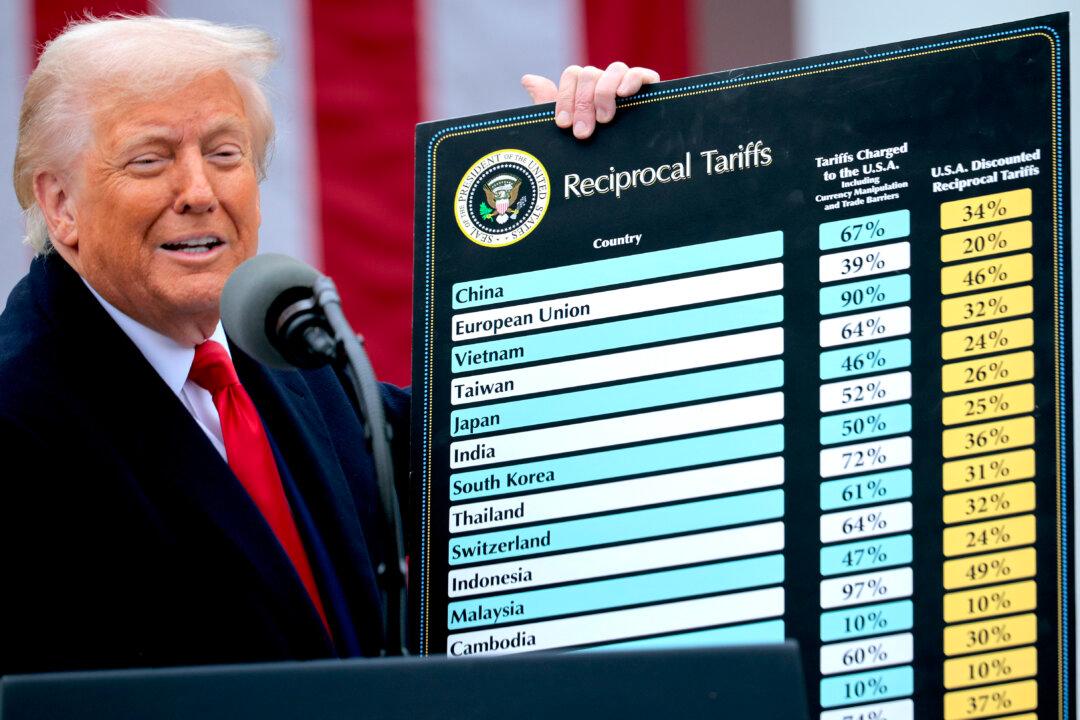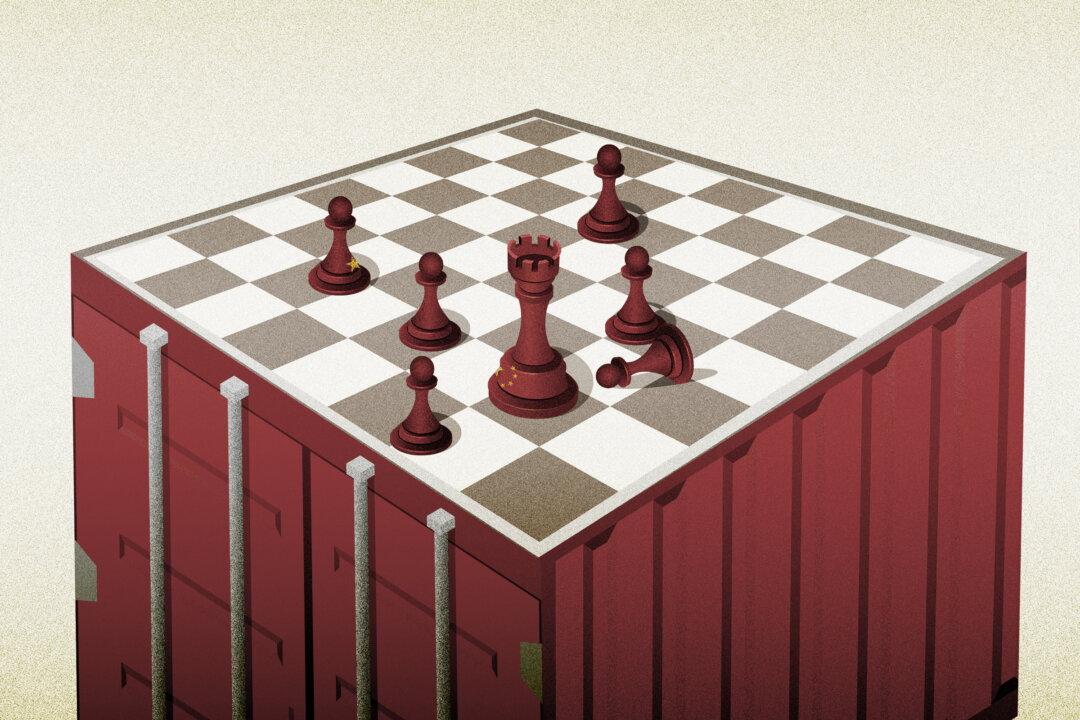OSAKA, Japan—President Donald Trump arrived in Japan on June 27 ahead of a two-day Group of 20 (G-20) summit, amid growing trade and geopolitical tensions.
Trump arrived at 6:42 p.m. local time at Osaka’s Itami Airport. The trip closely follows Trump’s state visit late last month to Tokyo, where he met Naruhito, Japan’s new monarch.
At the summit, leaders will discuss a host of issues, including the global economy, trade, energy, innovation, workforce development, quality infrastructure, and women’s economic empowerment.
Trump-Xi Meeting
The world’s eyes will be on the meeting between Trump and Chinese leader Xi Jinping on the sidelines of the summit, which will take place on June 29 at 11:30 a.m. local time (10:30 p.m. EST on June 28). This marks the first opportunity for Trump and Xi to meet since the last G-20 in late 2018, when both sides agreed to a 90-day trade truce.Trade talks between the United States and China stalled in May after Beijing backtracked on commitments to address structural issues, such as intellectual property theft, subsidization of state-owned enterprises, and forced technology transfers.
While the outcome of the Trump–Xi meeting is hard to predict, another truce in the trade war would bring a huge relief to global markets.
Trump said earlier that he would decide whether to impose new tariffs on at least $300 billion in Chinese goods after the summit.
“The president is quite comfortable with any outcome,” a senior administration official told reporters on June 25.
The objective of the president “is to rebalance the economic relationship in a way that protects U.S. economic prosperity and workers,” he said. “And of course, that also means the kinds of structural changes that would need to take place to protect intellectual property.”
World leaders will discuss challenges to the global economy as trade uncertainties continue to weigh on economic growth.
“The United States wants everyone to grow, and we believe that our economic model is one that nations around the world should follow,” the official said.
Trump–Putin Meeting
Trump is also set to meet with Russian President Vladimir Putin on the sidelines of the summit, which will be the first official encounter between the two leaders in almost a year.There’s no formal agenda for the Putin meeting, according to the White House.
“It’s not a formal summit, but it is expected to be a conversation that will focus primarily on regional security issues, including Iran, Ukraine, Syria, the Middle East,” the official said, adding that they would also touch on arms control issues and on improving the bilateral relationship.
Iran is potentially a very important topic of discussion at the summit, said Heather Conley, senior vice president at the Center for Strategic and International Studies.
Other Bilateral Talks
Trump’s first bilateral meeting was with Australian Prime Minister Scott Morrison. The president will also participate in meetings with Japanese Prime Minister Shinzo Abe, Indian Prime Minister Narendra Modi, German Chancellor Angela Merkel, Brazilian President Jair Bolsonaro, Saudi Crown Prince Mohammed bin Salman, and Turkish President Recep Tayyip Erdogan.“I’m heading to Japan, Osaka, and we’re going to be meeting with a lot of people from different countries, many of whom have been taking advantage of the United States, but not so much anymore. In fact, not at all anymore,” Trump told reporters ahead of the trip on June 26.
Trump also said that tariffs imposed by India on the United States are “unacceptable.”
“I look forward to speaking with Prime Minister Modi about the fact that India, for years having put very high Tariffs against the United States, just recently increased the Tariffs even further,” he wrote on Twitter on June 27. “This is unacceptable and the Tariffs must be withdrawn!”
Trump’s meeting with Erdogan involves another complicated bilateral relationship. Turkey is determined to purchase an advanced Russian S-400 air defense system, despite U.S. warnings. The first missiles and their associated radars will be delivered next month.
If the deal goes ahead, Washington has warned Ankara that it would remove Turkey from the F-35 fighter jet program. Turkey has chosen to defy the threat of U.S. sanctions.





